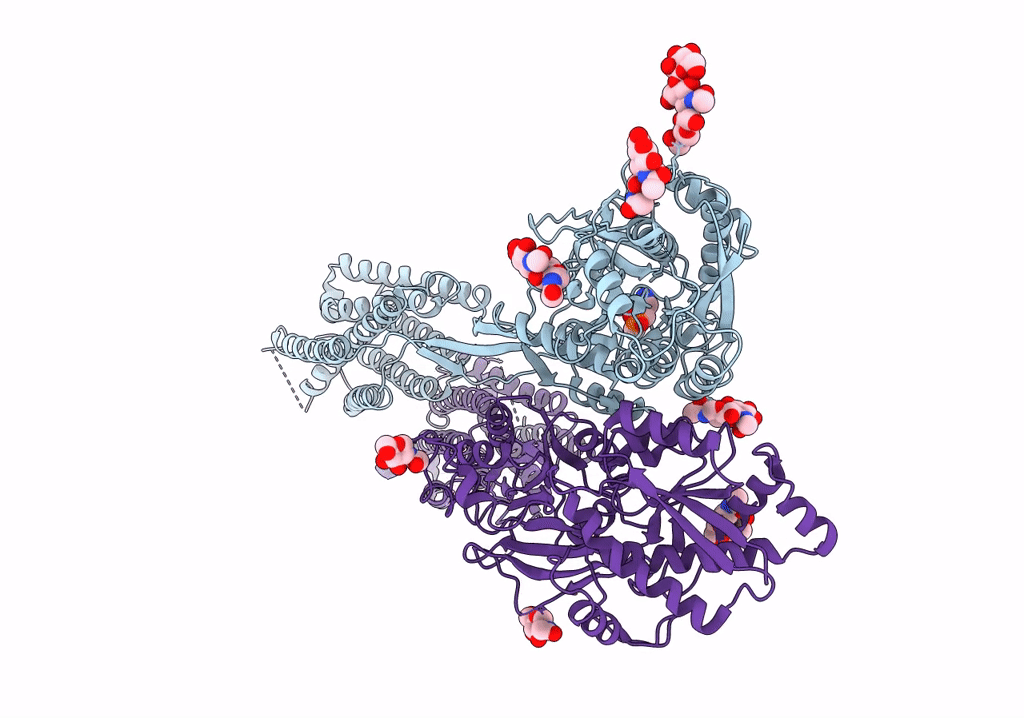
Deposition Date
2019-10-14
Release Date
2020-06-10
Last Version Date
2024-11-06
Entry Detail
PDB ID:
6UO9
Keywords:
Title:
Human metabotropic GABA(B) receptor bound to agonist SKF97541 in its intermediate state 2
Biological Source:
Source Organism:
Homo sapiens (Taxon ID: 9606)
Host Organism:
Method Details:
Experimental Method:
Resolution:
4.80 Å
Aggregation State:
PARTICLE
Reconstruction Method:
SINGLE PARTICLE


